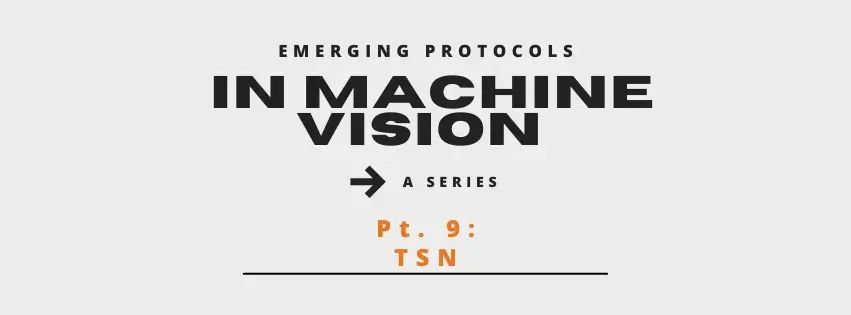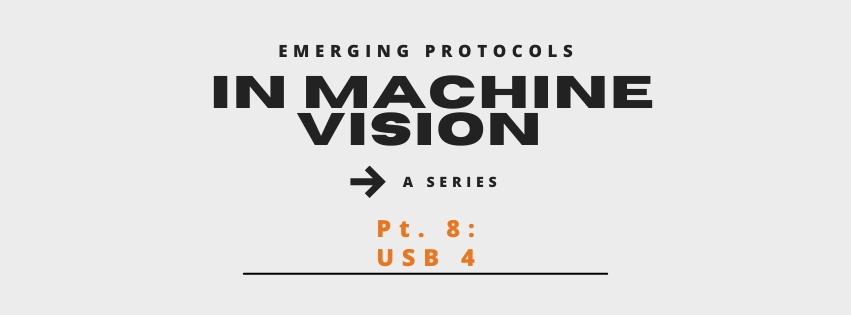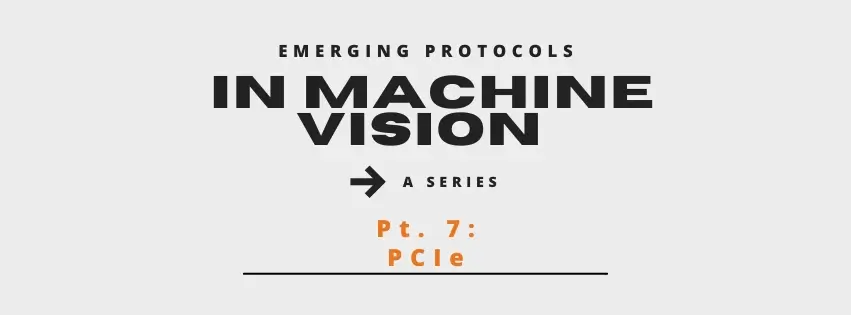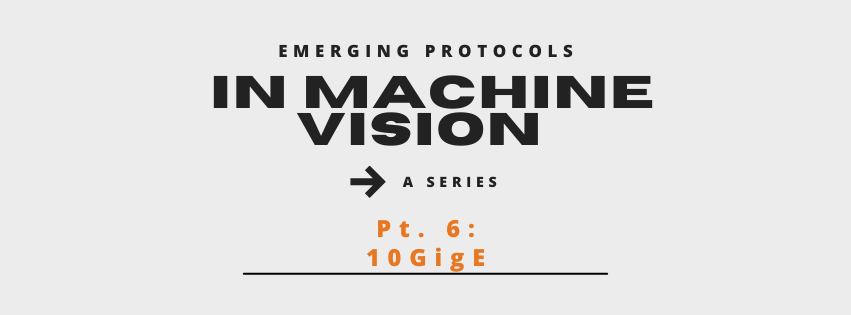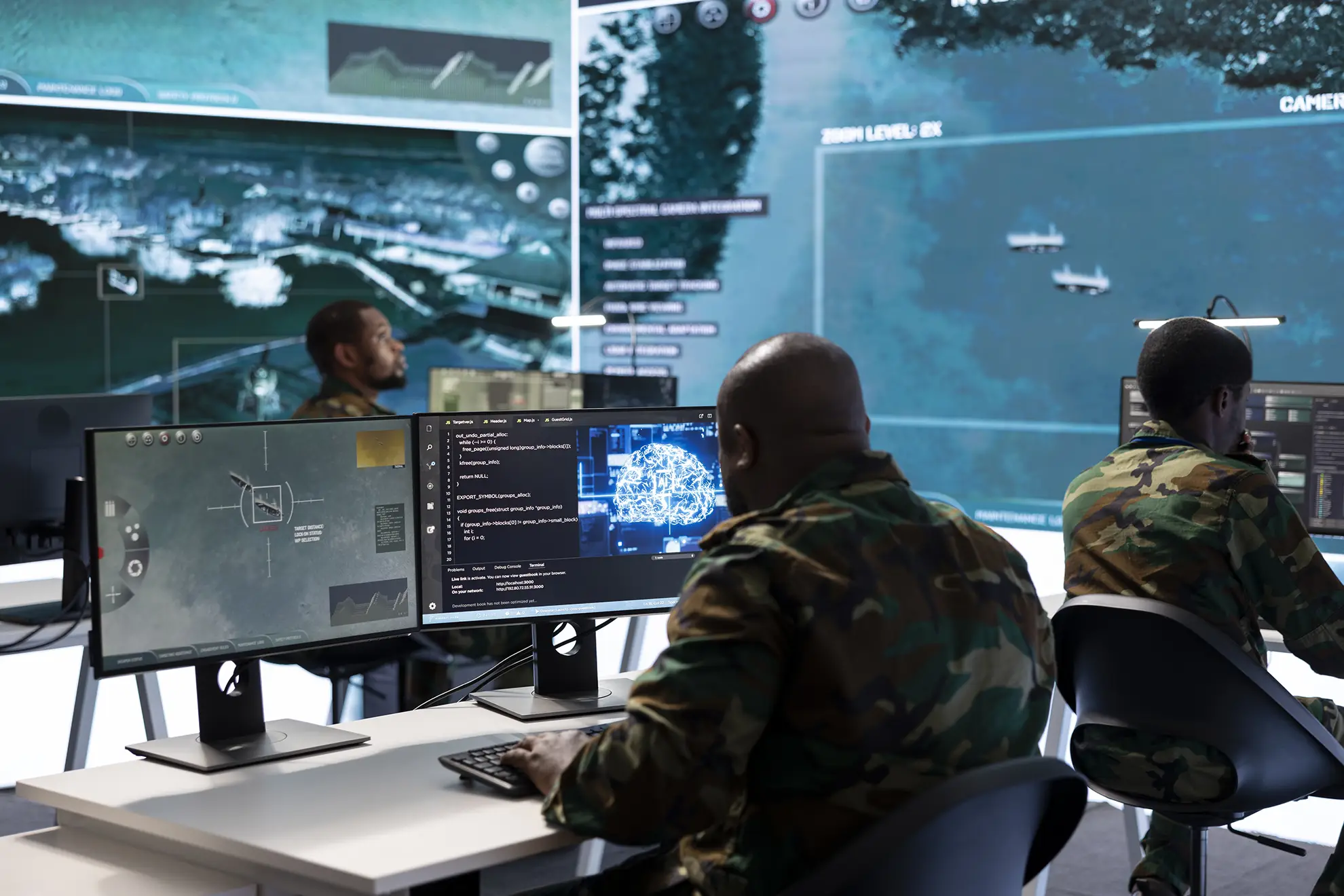
Machine vision is transforming countless industries by empowering machines to perceive, process, and interpret visual data. As technology speedily advances, exciting and emerging protocols are being developed and adopted from other industries to enhance the efficiency, accuracy, and integration of machine vision systems.
Similarly, machine vision systems are becoming increasingly vital across various sectors, including manufacturing, healthcare, security, and automotive. These systems rely heavily upon complex protocols for data acquisition, processing, and communication. Emerging protocols are addressing the challenges of scalability, real-time processing, and interoperability, rendering machine vision more robust, versatile and trusted.
In this third in a series of nine, we review CoaXPress, a high-speed digital video transmission standard primarily used in machine vision applications. This protocol enables the transfer of video, control signals, and power over a single coaxial cable. CoaXPress is known for its ability to support high data rates, long cable lengths, and robust performance, making it ideal for industrial and scientific imaging applications.
The key features of CoaXPress are:
- High Data Rates: Supports high-speed data transmission, with data rates ranging from 1.25 Gbps (CXP-1) up to 12.5 Gbps (CXP-12) per cable. Multiple cables can be used in parallel to achieve even higher aggregate data rates.
- Long Cable Lengths: Allows for long cable runs, up to 100 meters at 6.25 Gbps and up to 40 meters at 12.5 Gbps, without the need for repeaters, making it suitable for applications where cameras need to be positioned far from the processing unit.
- Simultaneous Data, Control, and Power: Supports the transmission of video data, camera control signals, and power over the same coaxial cable, simplifying system design and reducing cabling requirement.
- Low Latency and Real-Time Performance: Offers low latency communication, which is critical for real-time applications such as high-speed industrial inspection and motion analysis.
- Scalability: Can be scaled to support multiple cameras and higher data rates by using additional coaxial cables or upgrading to higher-speed versions of the standard.
- Backward Compatibility: The standard is backward compatible, meaning that newer versions of CoaXPress can work with older versions, ensuring a smooth upgrade path./li>
CoaXPress is a powerful and versatile video transmission standard designed to meet the demands of high-speed, high-resolution imaging in industrial, medical, scientific, and other advanced applications. Its combination of high data rates, long cable lengths, and support for simultaneous data, control, and power transmission make it an attractive option for complex imaging systems.
- Machine Vision: Used in automated inspection systems, quality control, and production line monitoring, where high-speed, high-resolution imaging is critical.
- Scientific Imaging: Applied in microscopy, astronomy, and other scientific fields where detailed imaging at high speeds is required.
- Broadcast and Entertainment: Utilized in broadcasting for high-speed, high-definition video capture.
- Military and Aerospace: Deployed in defense applications for surveillance, reconnaissance, and missile guidance systems.
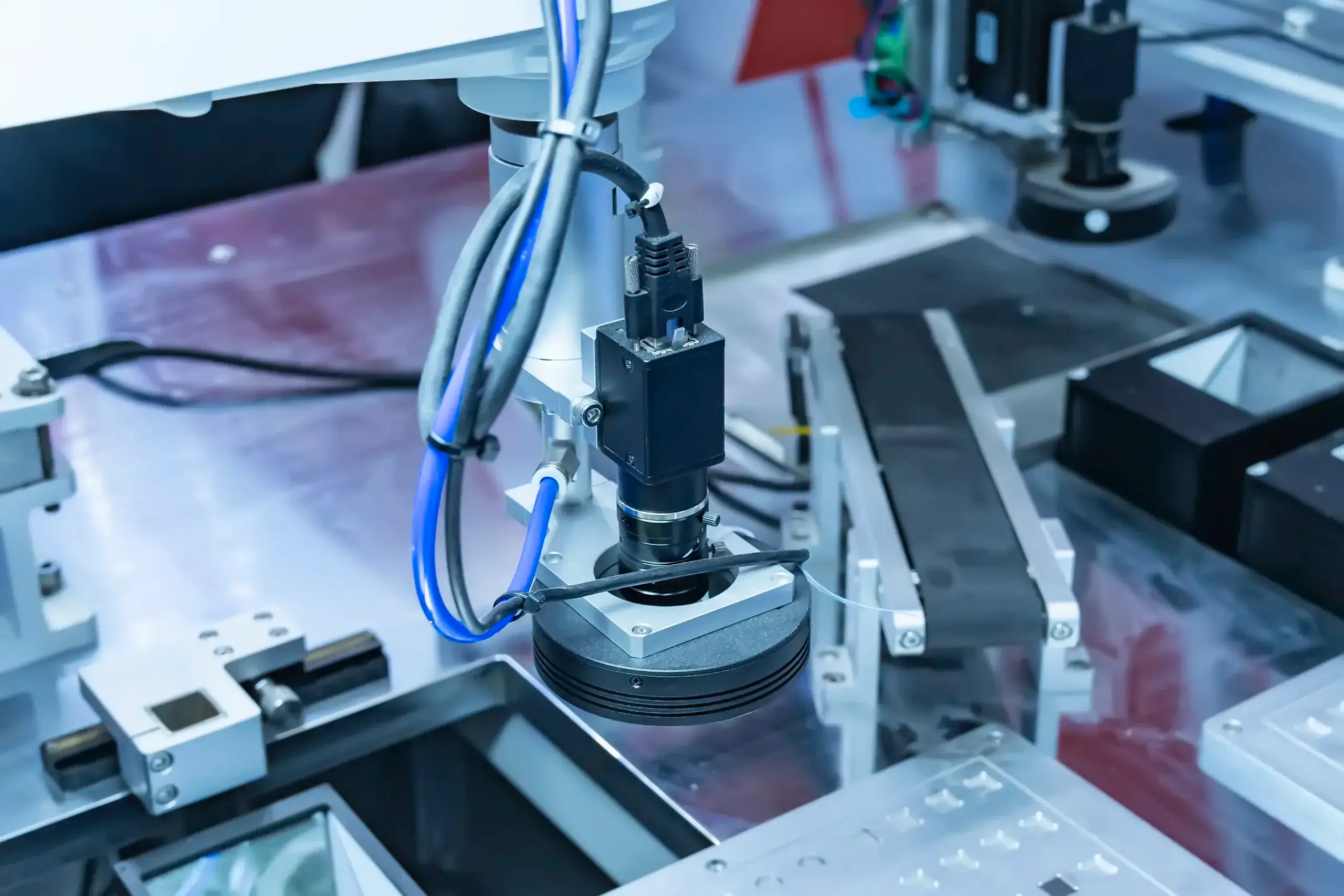
CoaXPress is a robust and versatile protocol designed to meet the demanding requirements of high-speed, high-resolution imaging systems. Its ability to transmit video, control signals, and power over long distances with low latency makes it a preferred choice in various industrial, medical, and scientific applications.
Whilst there are challenges such as cost of implementation and competition from alternative standards, the benefits of CoaXPress are clear:
High data rates, long cable lengths, and robust performance
Stay tuned for next week’s emerging protocol in machine vision
